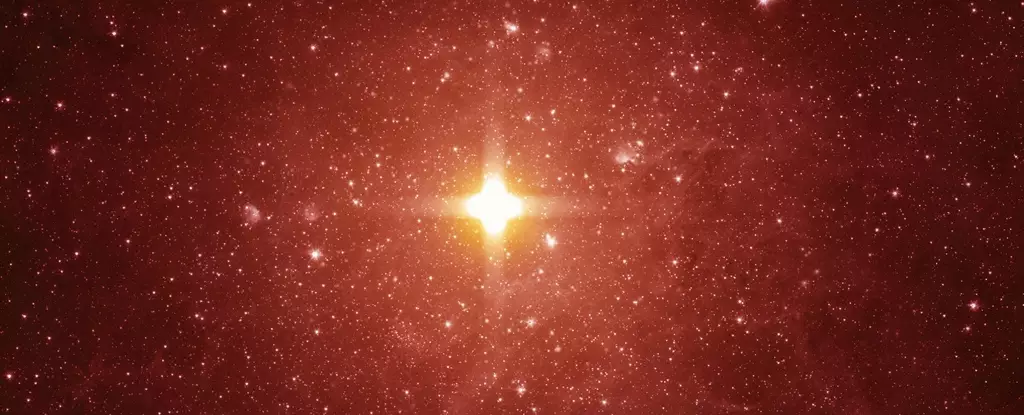The night sky has always captivated the human imagination, with its twinkling stars and mysterious phenomena. One such phenomenon, the appearance of “guest stars” or recurrent novae, challenges the notion that stars are fixed and unchanging. These rare events occur when a star suddenly appears in the sky, brightens significantly, and then fades away in a matter of days or weeks. The earliest recorded instance of a recurrent nova dates back to July 4, 1054, when a star appeared in skies across the world, visible even during the day for 23 days. Fast forward to the present day, and we are on the brink of witnessing another recurrent nova event in the star system known as T Coronae Borealis, or T CrB, set to occur in the second half of 2024.
Stars, regardless of their size, spend the majority of their lives fusing hydrogen into helium in their cores. The fate of a star, however, is determined by its mass. Massive stars, those more than eight times the mass of our Sun, end their lives in dramatic supernova explosions, as observed in 1054 and 1572. On the other hand, lower mass stars, including our Sun, evolve into red giants after exhausting their hydrogen cores. Eventually, these red giants give way to white dwarves, dense remnants made up of carbon and oxygen. Unless part of a binary star system, white dwarves gradually dim over billions of years, fading from sight entirely.
T CrB, the star system at the center of the upcoming recurrent nova event, is a binary system comprising a red giant and a white dwarf. Orbiting each other every 228 days, the red giant in the system is nearing the end of its life, expanding dramatically and feeding material into an accretion disk surrounding the white dwarf. As hydrogen from the accretion disk accumulates on the white dwarf’s surface, it eventually ignites in a runaway thermonuclear reaction, resulting in a nova explosion. T CrB is one of the ten known recurrent novae, erupting on average every 80 years.
Although T CrB is located 2,630 light-years from Earth, meaning the nova occurred over 2,000 years ago, its light will reach us in 2024. Careful observations during past novae events in 1866 and 1946 showed brightness changes in the star system about a decade before the nova became visible on Earth. Predictions based on these observations suggest that the nova will be visible to us sometime in 2024. During the event, the white dwarf’s exploding hydrogen envelope will brighten to a magnitude 2 or 3, briefly becoming the brightest star in Corona Borealis before fading from visibility with the naked eye in a matter of days.
Corona Borealis is not a prominent constellation, nestled above Bootes and to the west of Ursa Major in the northern skies. To locate the constellation, one can find Arcturus, the brightest star in the vicinity, and look about halfway between the horizon and zenith at 10 p.m. local time in North America. With T CrB set to outshine all the stars in Corona Borealis at its brightest, using tools like Stellarium or smartphone apps can help stargazers identify the event.
While the recurrent nova of T CrB may not rival historic supernova events, it presents a unique opportunity to witness an astronomical spectacle firsthand. For many, this will be a once-in-a-lifetime experience, sparking a passion for astronomy in children who may observe it. As we eagerly await the event in 2024, the night sky continues to hold its mysteries, inviting us to gaze upwards in wonder at the vastness of the universe.


Leave a Reply